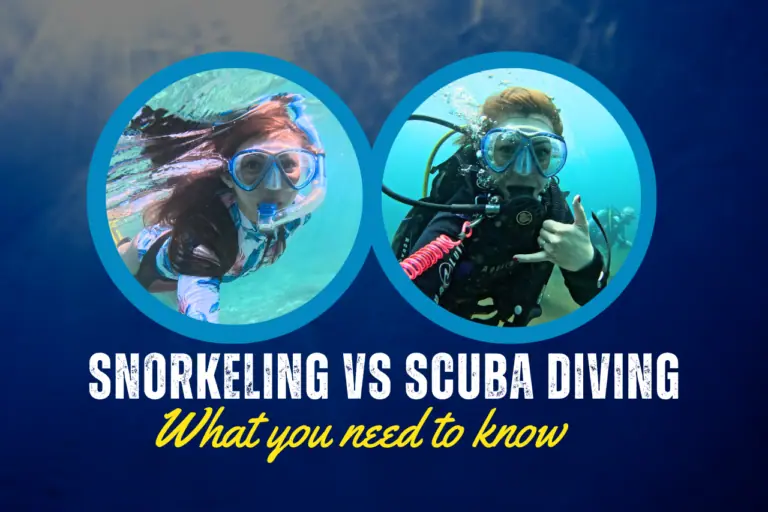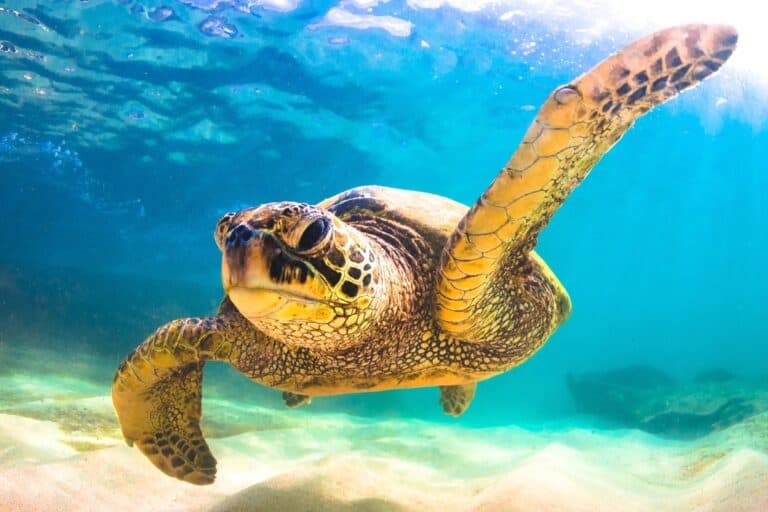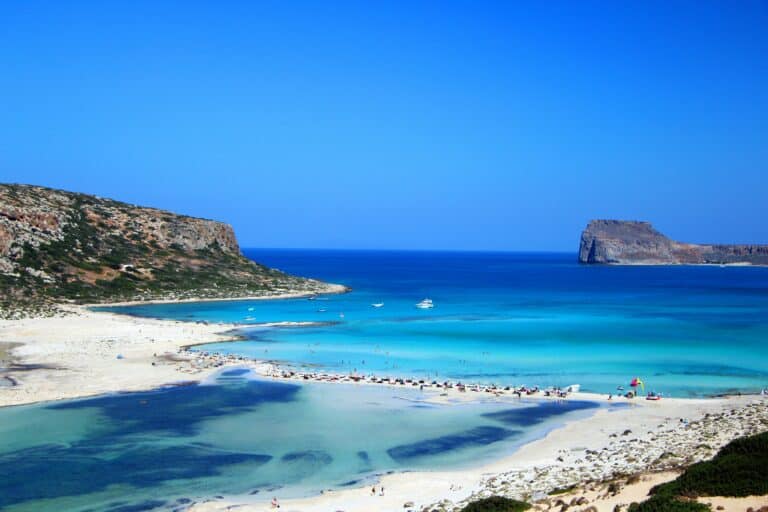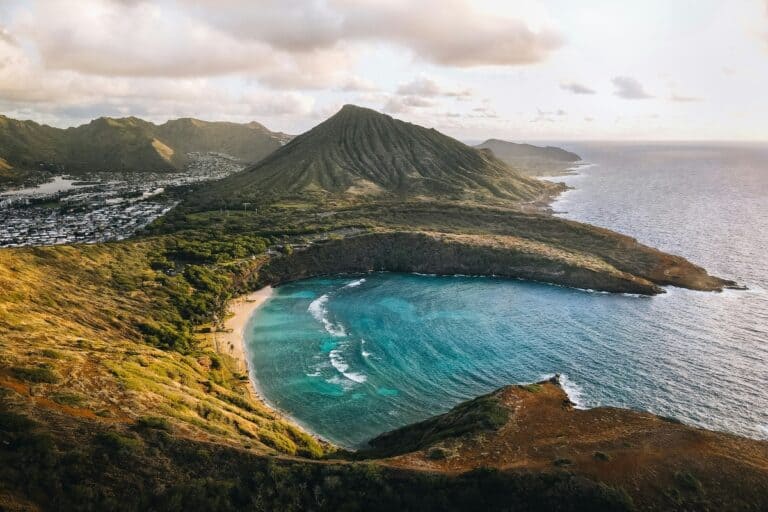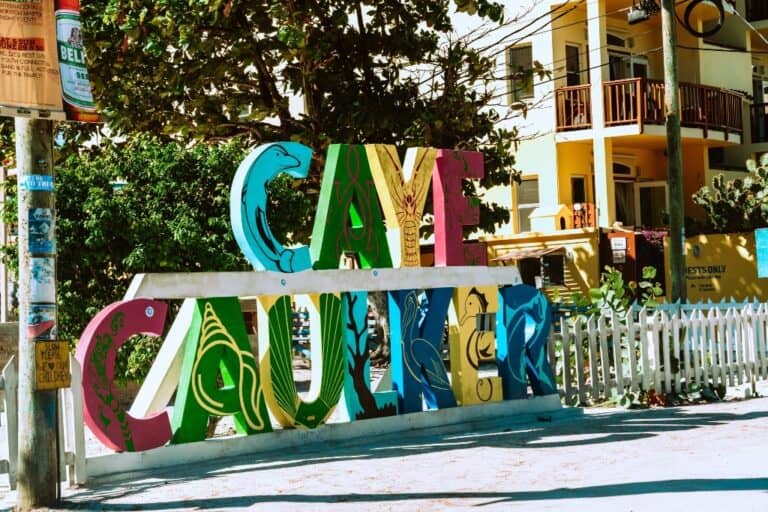Belize Snorkeling Guide: Where to Go & What You’ll See
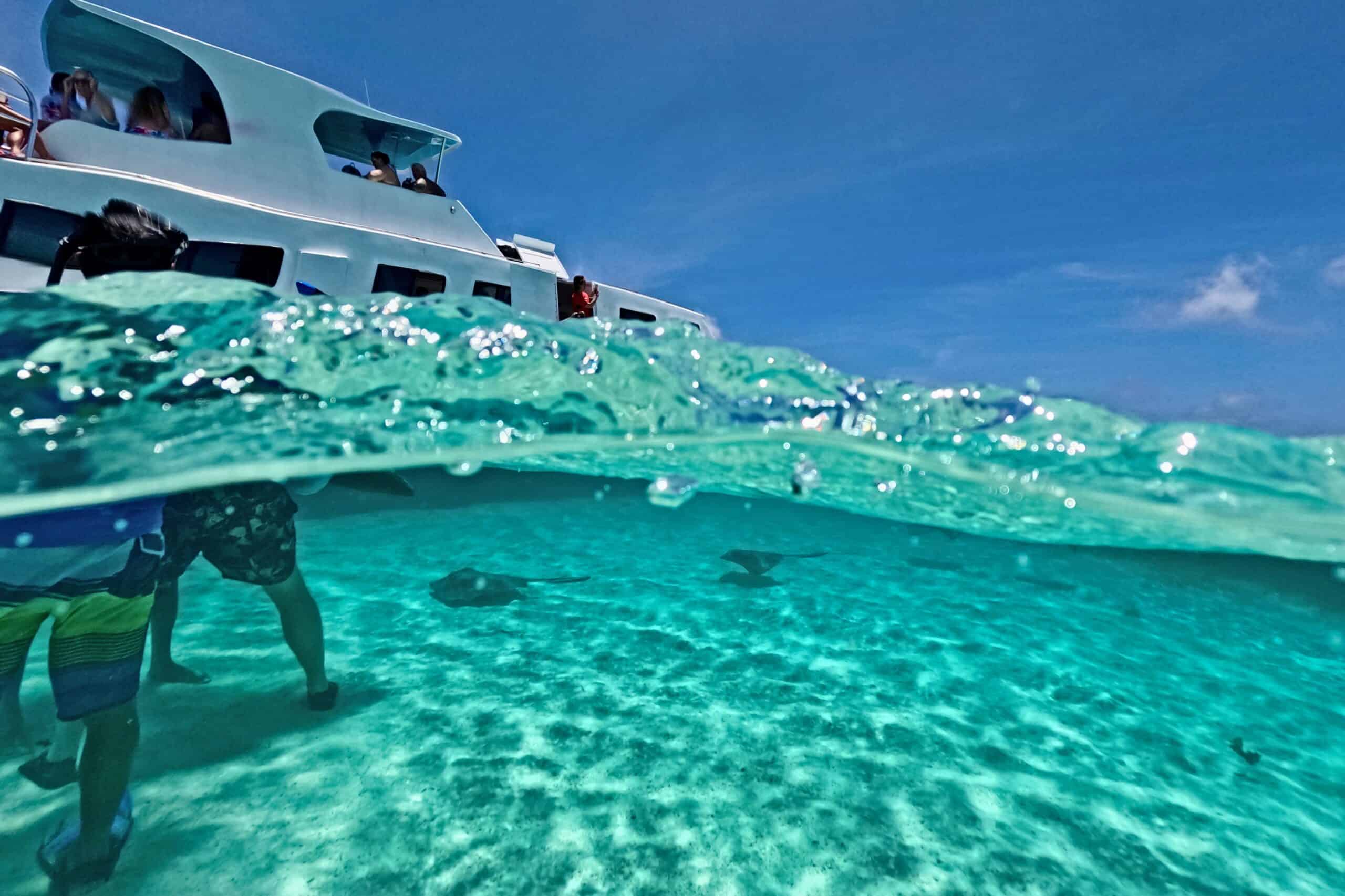

Thinking of snorkeling in Belize—but not sure where to go, what you’ll actually see, or how much time to set aside?
I’ve been there recently and had those same questions. As a diver and reef lover, I wanted to make the most of my time in the water—without overbooking or falling into tourist traps.
This guide breaks it down for you: the best snorkeling spots in Belize, what kind of marine life you might spot, how these tours usually work (spoiler: it’s often a drift snorkel), and a few tips to do it all responsibly.
PLAN YOUR TRIP WITH MY FAVORITE RESOURCES
Find your stay: Booking.com – trusted for hotels, studios, and apartments
Book top-rated tours: GetYourGuide.com – easy, flexible, and full of local gems
Why Snorkeling in Belize Is So Worth It
Belize is home to a massive stretch of the Mesoamerican Barrier Reef—second only to Australia’s Great Barrier Reef (and a lot easier to get to if you’re already in the Americas).
What makes it special? You don’t need to be a seasoned diver to enjoy it.

Most reef sites are shallow enough that even first-time snorkelers can float above coral gardens, cruise past stingrays, and spot turtles—no scuba tank (or panic) required.
The reef is also a UNESCO World Heritage Site, protected for its incredible biodiversity.
It’s surprisingly easy to access—you can stay on one of the nearby islands or join a tour during a cruise stop and still snorkel some of the best spots in the country.
👉 Cruising in? Check my Belize Carnival Cruise Port Guide for tips.
Best Places to Stay for Snorkeling in Belize
If you want to snorkel the Belize Barrier Reef, where you stay makes a big difference.
The two most popular bases—and the ones I looked into closely during my trip—are Caye Caulker and Ambergris Caye. Both give you access to the same reef system, but they offer very different vibes and types of trips.
Good news? Both can be done affordably, whether you’re on a backpacker budget or just trying not to blow your entire travel fund on one island.
📍Caye Caulker
Caye Caulker has that easygoing, no-shoes kind of energy.
During my visit, I joined a full-day snorkel tour that explored several beautiful reef spots—including Hol Chan Marine Reserve, Shark Ray Alley, and Coral Gardens—with a lunch stop and free time to wander around the island after.
Even with just a few hours onshore, I got a real feel for the island’s laid-back charm and why so many travelers choose to stay longer.
It’s a great base if you’re into combo trips, want something quieter than Ambergris, or you’re just after that barefoot island feel.
Check out my Caye Caulker Belize guide for more tips on where to go and what to expect—and don’t miss my full post on Shark Ray Alley if that’s on your list.
📍Ambergris Caye (San Pedro)
Ambergris Caye (San Pedro) is bigger, developed, more food and resort options.
If you’re staying here, you’ll find tons of dive centers and tour operators, with quick boat access to Hol Chan Marine Reserve (about 15 minutes), Shark Ray Alley, and some quieter snorkel spots like Mexico Rocks and Tres Cocos to the north.
While it has its share of luxury resorts, you’ll also find plenty of mid-range and budget-friendly hotels, so it’s not just for high-end travelers.
It’s a great option if you want more amenities, shorter tours, or are traveling with family and need more dining/accommodation choices.
What About Other Bases?
For travelers looking to go further off the beaten path, places like Tobacco Caye and Lighthouse Reef Atoll offer remote, reef-front experiences with incredible Belize snorkeling and minimal crowds.
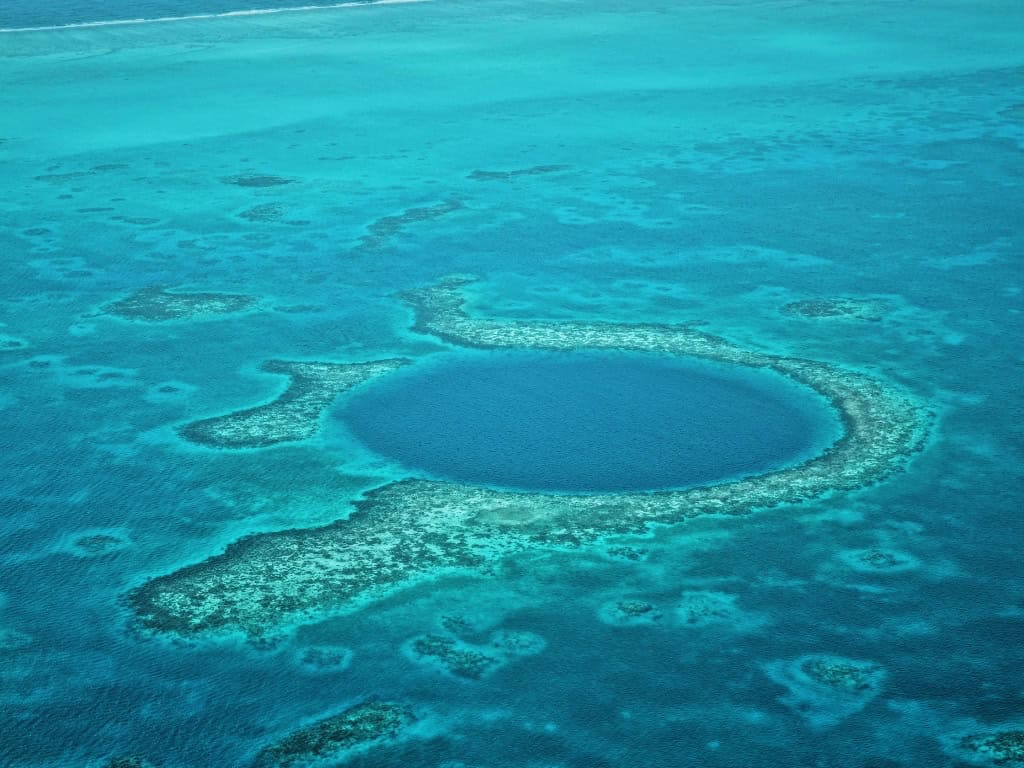
These spots are more secluded and typically require longer boat rides or overnight stays—but for those craving something wilder and more unplugged, they can be unforgettable.
That said, if you’re based in Caye Caulker or Ambergris Caye, you’ll already be within easy reach of some of the most vibrant and accessible reefs in Belize—no epic journey required.
What to Expect: How Belize Snorkeling Tours Work
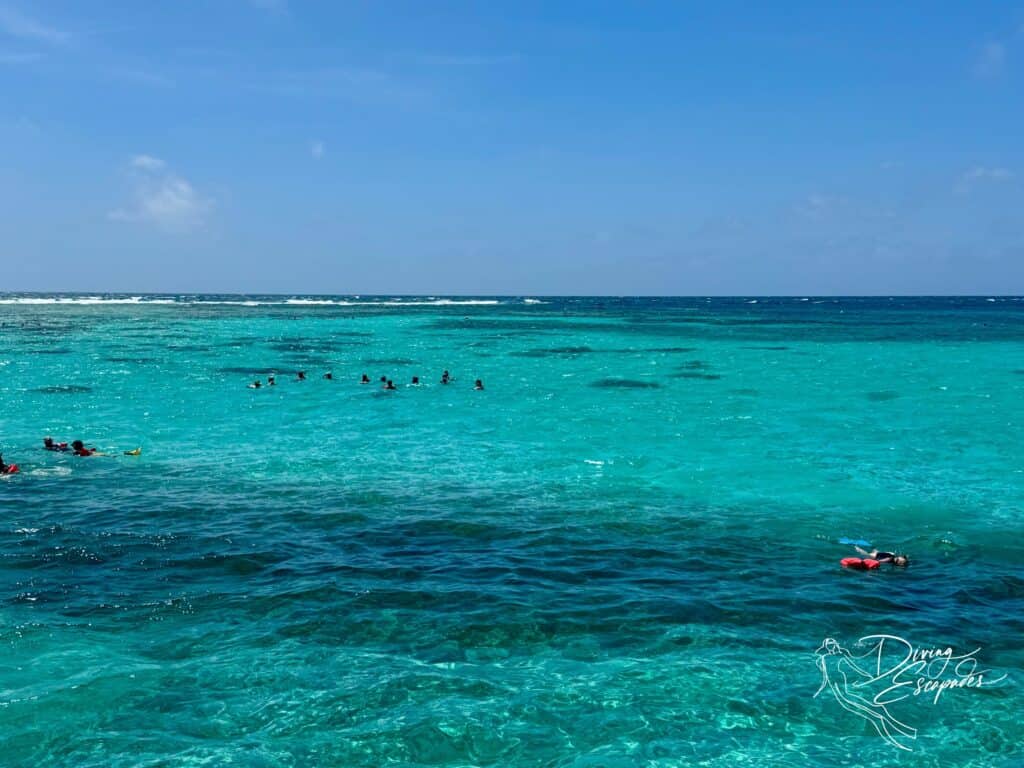
Most Belize snorkeling tours are done as drift snorkels. That means your guide drops you at one end of the reef, the current carries you along, and the boat picks you up later.
It’s usually peaceful, low-effort, and a great way to spot marine life without kicking around too much.
But currents can vary—they’re not always gentle.
While you don’t need to be super fit or athletic, you should be in good physical condition, especially for longer swims.
I’ve seen snorkelers get tired or start drifting farther than expected, which can be stressful mid-snorkel.
If things get rough, stay close to your guide, wear your life jacket, and don’t push it. Fun is great—but getting back on the boat safely is better.
Now, what do these snorkel tours actually include? Most full-day or half-day trips typically offer:
- Snorkel gear (or bring your own)
- Park fees
- Snacks or drinks
- A marine guide who points out wildlife
You’ll be in a group, but that’s often helpful—you’ll spot more when others are pointing things out, too.
PRO TIP: Try your mask and snorkel before jumping in. A leaky mask in current? Not fun.
What You’ll See: Marine Life in the Belize Barrier Reef
The biodiversity here is next-level. Every few moments, something new catches your eye—and it’s not uncommon to lose track of time just floating and watching it all unfold.
Here are 10 types of marine life you might spot while snorkeling in Belize:
1. Nurse Sharks (Ginglymostoma cirratum)
Calm, harmless, and often cruising along the bottom near the reef.
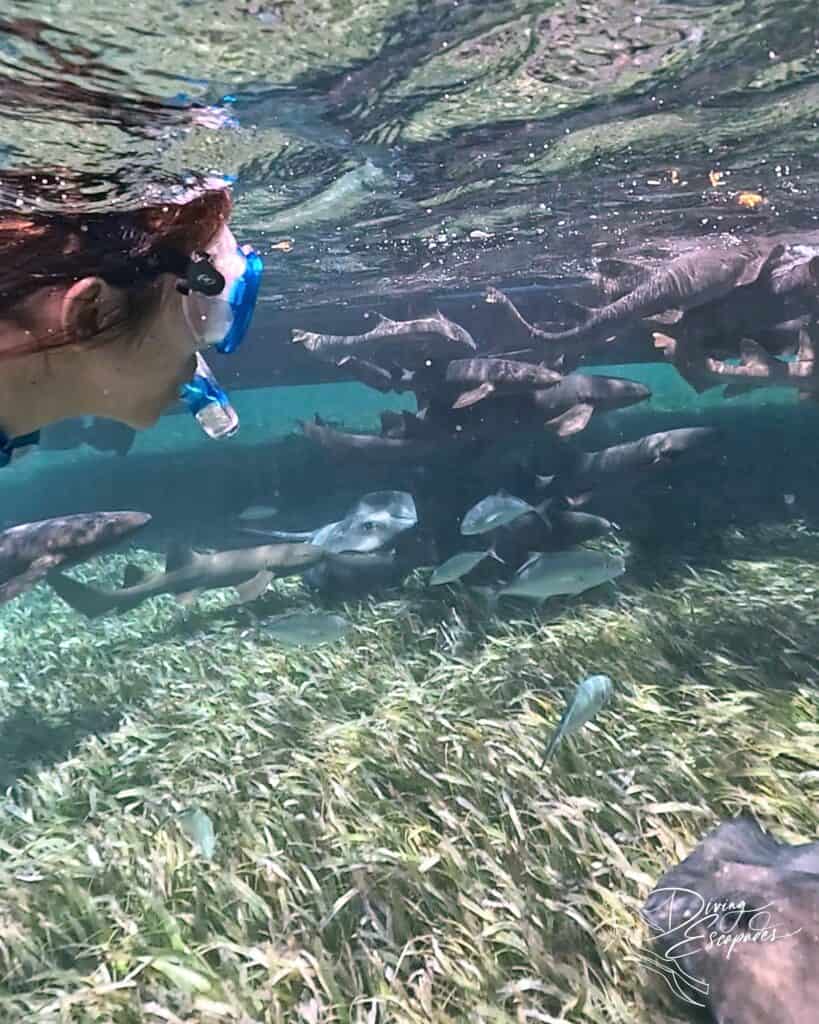
2. Southern Stingrays (Hypanus americanus)
Flat, graceful rays that swim silently over sandy areas—sometimes in groups.
3. Green Sea Turtles (Chelonia mydas)
Often grazing on seagrass or cruising the shallows. Listed as endangered, so consider it a lucky sighting.

4. Parrotfish (Scaridae)
Colorful and noisy (you’ll hear them crunching coral). Essential to reef health.
5. Bermuda Chub, Angelfish, Snapper, Sergeant Majors & Trumpetfish
Common tropical reef fish—bright, curious, and easy to spot.

6. Moray Eels (Muraenidae)
Usually hidden in rocky crevices—look for their heads poking out with jaws slowly opening and closing.
7. Fan, Brain & Elkhorn Corals (Gorgonia, Diploria, Acropora palmata)
Beautiful coral structures. Elkhorn coral is critically endangered, so avoid touching or standing anywhere near it.
8. Starfish (Asteroidea)
Often resting on sandy bottoms or clinging to seagrass—vibrant and surprisingly big.
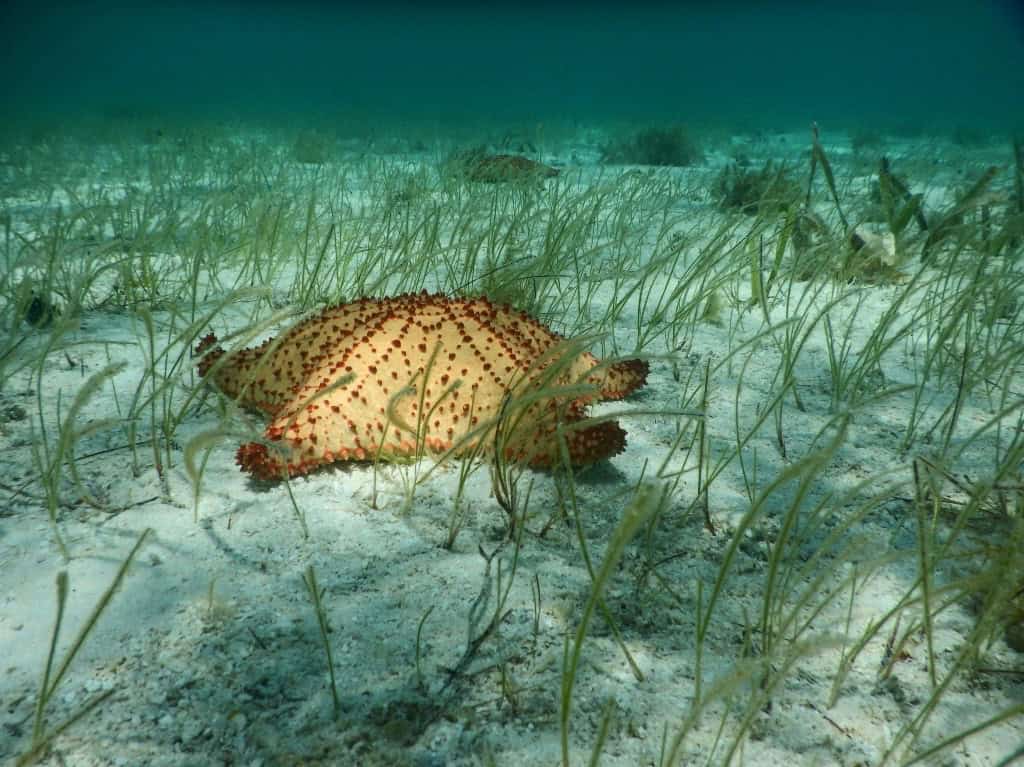
9. Sea Urchins & Sea Cucumbers (Diadema, Holothuroidea)
Strange but fascinating bottom-dwellers that help keep the reef clean.
10. West Indian Manatees (Trichechus manatus)
Occasionally seen near mangroves or seagrass beds. These gentle herbivores are vulnerable, so keep your distance and enjoy quietly if you spot one.
Visibility is often crystal-clear, especially on calm sunny days. Bring a camera or just float and soak it all in—this is reef life at its finest.
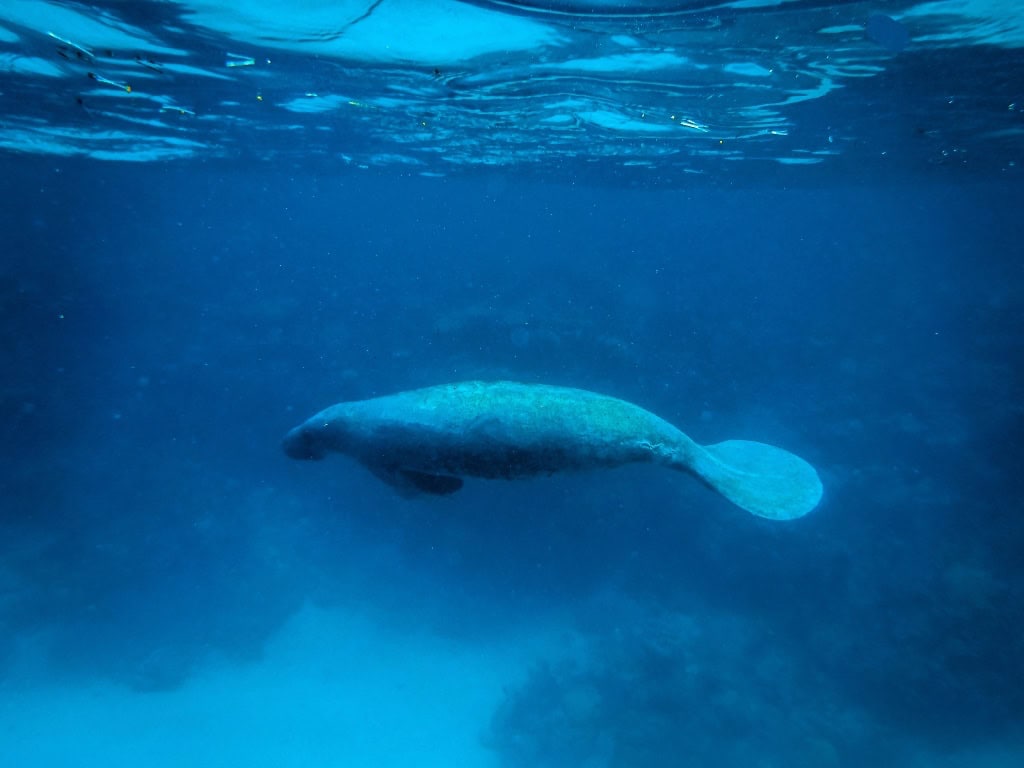
Can You Dive Here Too?
Yes! Most of these snorkeling spots also double as dive sites. Belize is famous for its diving, including reef dives, drift dives, and offshore atolls.
If you’re curious to try scuba for the first time, some tours offer Discover Scuba Diving options right from the boat—no certification needed.
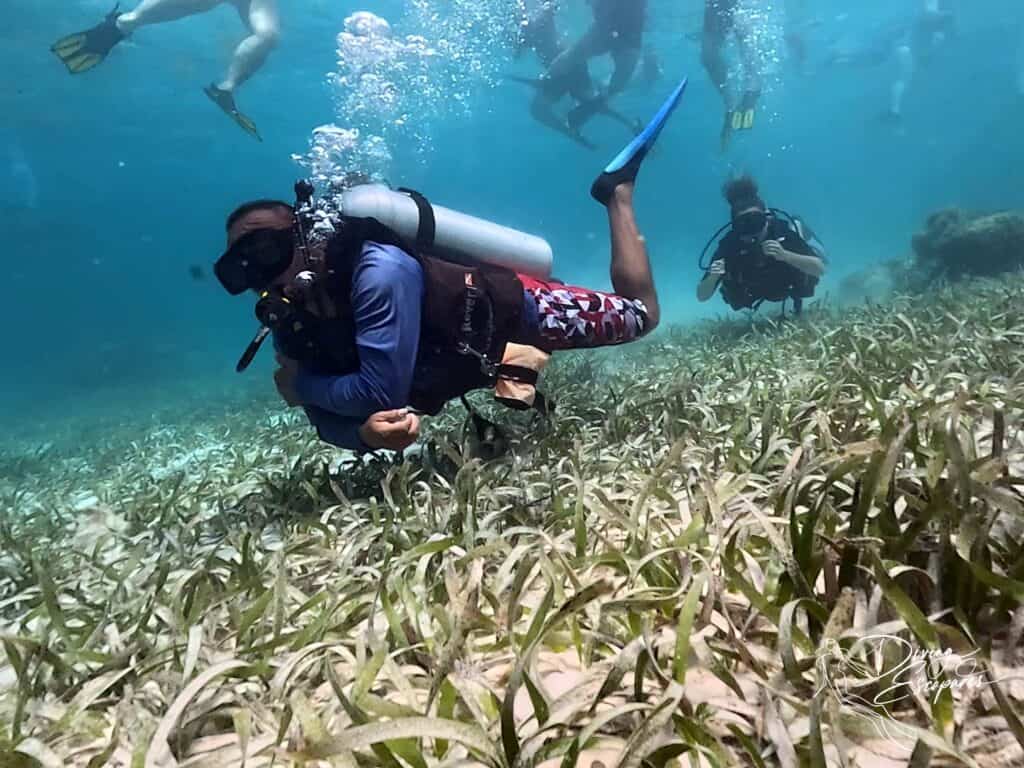
Responsible Snorkeling: What You Should Know
The reef may look big and tough, but it’s actually fragile—especially the corals. Here’s how to be a respectful snorkeler:
- Don’t touch anything—especially coral, rays, or sharks
- Wear reef-safe sunscreen (or better, a long-sleeve rash guard)
- Float—don’t stand on anything that looks like rock (it’s likely living coral)
- Choose eco-friendly tour operators that brief you on marine protection
- Say no to wildlife handling—guides shouldn’t grab or chase animals
PRO TIP: Ask your tour if they support reef conservation or follow Green Fins practices. A good operator will be proud to share.
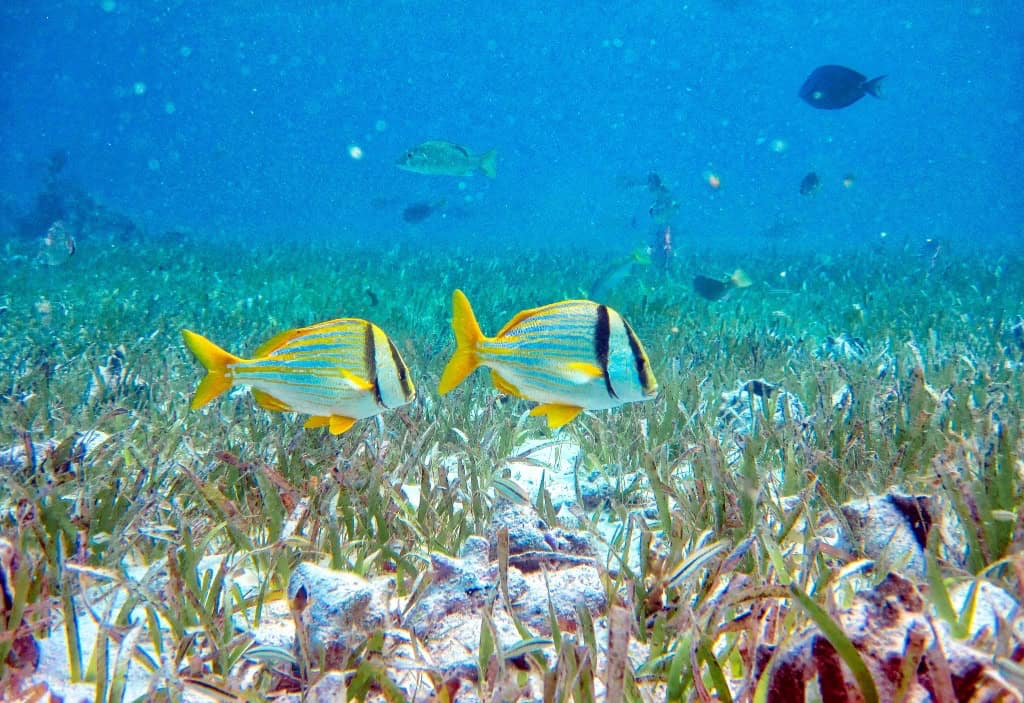
What To Bring for Snorkeling in Belize
Here’s a simple packing list to make your snorkel day smooth:
- Mask, snorkel, fins (bring your own or rent quality gear)
- Rash guard or long swimwear
- GoPro or waterproof camera (with float handle!)
- Dry bag for clothes and valuables
- Reef-safe sunscreen (just in case)
- Seasickness pills (for choppy boat rides)
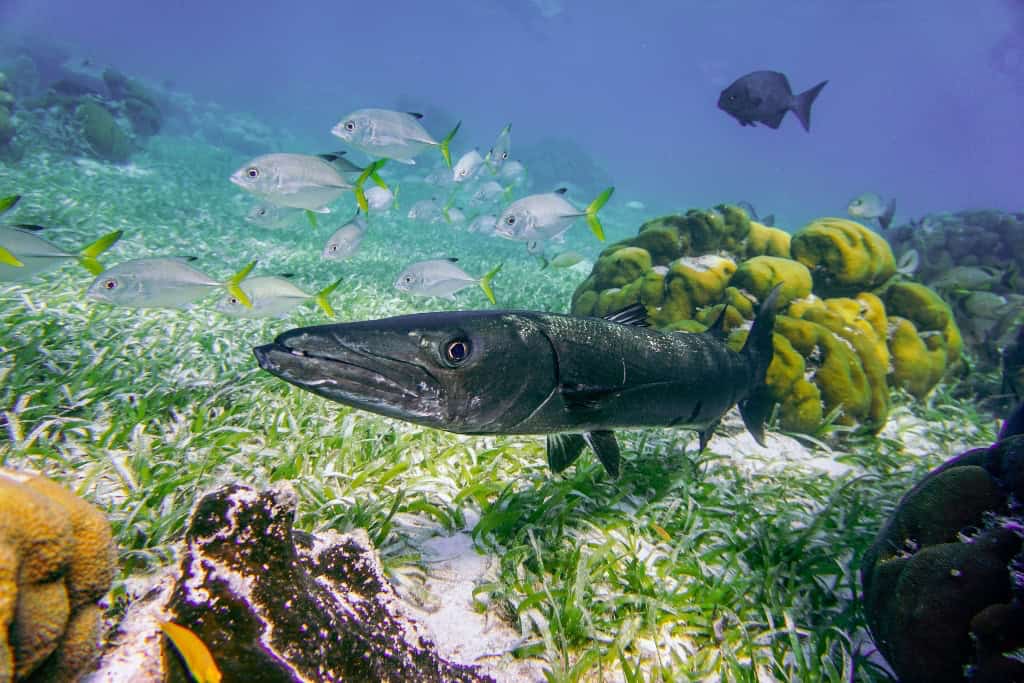
The Wrap-Up: Is Snorkeling in Belize Worth It?
If you love the ocean (or even just want to dip your toes into reef life), snorkeling in Belize is 100% worth it.
The reef is right there—accessible, full of life, and honestly one of the easiest ways to experience the wild side of the Caribbean without needing a dive license.
You’ll see coral, turtles, sharks, rays, and fish in every color imaginable—and you don’t have to be an expert to enjoy it.
Just pick your base, book a good tour, and float. You’ll be glad you did. Safe travels!
Planning your trip? Check out my Caye Caulker guide, or read Is Belize Worth Visiting? for the bigger picture.

